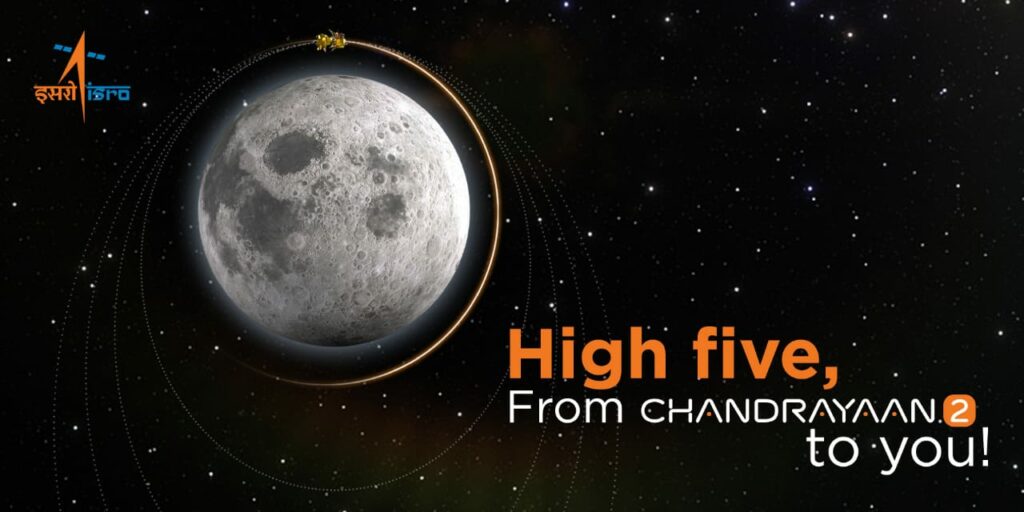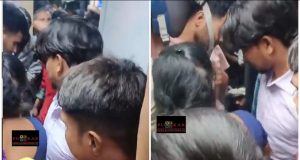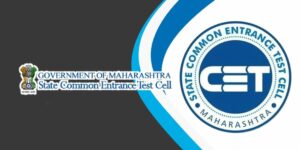Pune : Baramati girl to watch ISRO’s Chandrayaan-2 moon landing with PM Modi

Pune, September 2, 2019 : The Indian Space Research Organisation (ISRO) has invited a 14-year-old school girl from Pune district to watch landing of Chandrayaan-2 on Moon, alongwith Prime Minister Narendra Modi and 59 other students.
Sidhi Vishambhar Pawar, a class 9th student of Vinodkumar Gujar Bal Vikas Mandir, Baramati, had participated in online space quiz conducted by ISRO. “I am very excited about the opportunity. I will travel to Bengaluru with my father”, said Sidhi, who aspires to become engineer.

To increase awareness about the space programme, an online quiz competition was conducted by ISRO in coordination with MyGov.in from 10th August to 25th August, 2019.
Duration of the quiz was 10 minutes (600 Seconds) during which a maximum of 20 questions were answered.
Two top scoring Students (from class 8 – 10 only) from each State and Union Territory have been invited to ISRO, Bengaluru Centre to watch the landing of Chandrayaan-2 on the Moon, live along with the Prime Minister Narendra Modi, which is expected on September 7.
Chandrayaan-2 is India’s second lunar exploration mission after Chandrayaan-1. Developed by the Indian Space Research Organisation, the mission was launched from the second launch pad at Satish Dhawan Space Centre on 22 July 2019 at 2.43 PM IST to the Moon by a Geosynchronous Satellite Launch Vehicle Mark III.
According to ISRO, the final and fifth Lunar bound orbit maneuver for Chandrayaan-2 spacecraft was performed successfully on September 01, 2019 beginning at 1821 hrs IST as planned, using the onboard propulsion system. The duration of the maneuver was 52 seconds. The orbit achieved is 119 km x 127 km. All spacecraft parameters are normal.
The next operation is the separation of Vikram Lander from Chandrayaan-2 Orbiter, which is scheduled on September 02, 2019, between 1245 – 1345 hrs (IST). Following this, there will be two deorbit maneuvers of Vikram Lander to prepare for its landing in the south polar region of the moon.
The primary objectives of Chandrayaan-2 are to demonstrate the ability to soft-land on the lunar surface and operate a robotic rover on the surface. Scientific goals include studies of lunar topography, mineralogy, elemental abundance, the lunar exosphere, and signatures of hydroxyl and water ice. The orbiter will map the lunar surface and help to prepare 3D maps of it. The onboard radar will also map the surface while studying the water ice in the south polar region and thickness of the lunar regolith on the surface.







